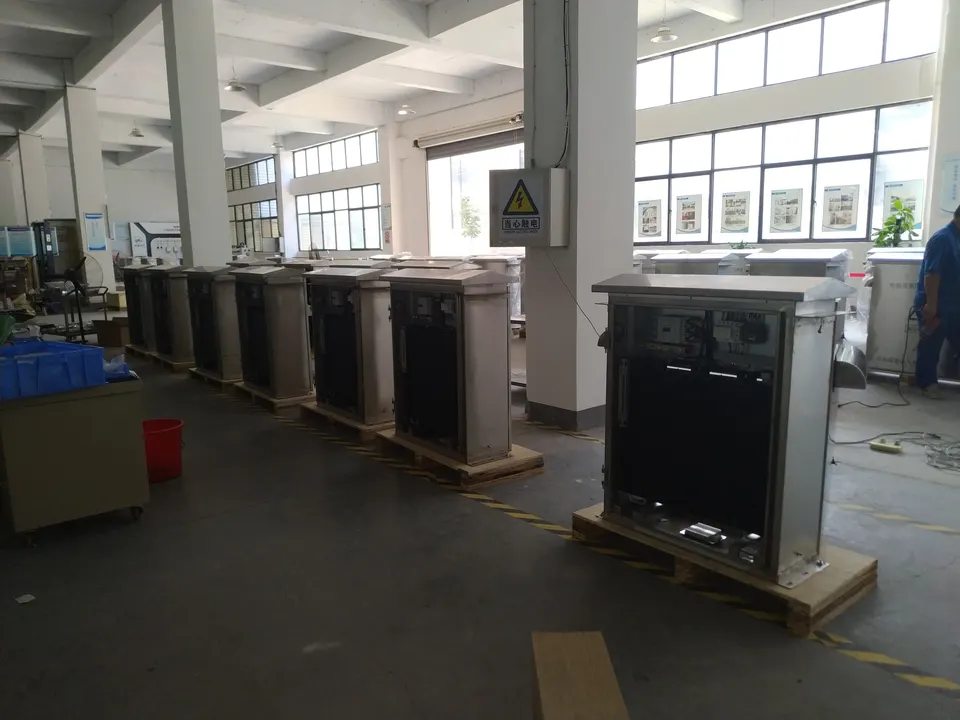Three-phase voltage imbalance can occur due to various reasons such as unbalanced loads, poor connections, faults in the distribution system, or inadequate sizing of distribution equipment. The impact of voltage imbalance can be severe, leading to inefficient operation of equipment, system downtime, increased electricity bills, and reduced equipment lifespan.
To govern three-phase voltage imbalance, it is important to identify and address the root cause. Here are some specific causes and solutions to reduce voltage imbalance.
Unbalanced Loads
An unbalanced load is a situation where each phase of the supply receives a different load, resulting in voltage imbalance. This can occur as a result of single-phase loads or uneven distribution of loads between phases. To rectify this situation, it is important to distribute the loads equally in each phase. This can be done by properly identifying the loads and moving them to balance the phases.
Poor Connections
Poor connections in the distribution system can lead to voltage imbalance. Loose or corroded connections can cause resistance, leading to decreased voltage in one or more phases. This can be rectified by frequent maintenance to detect any potential problems and proper tightening of connections to decrease resistance.
Faults in the Distribution System
Faults in the distribution system such as blown fuses, circuit breaker trips, or faulty transformers can result in voltage imbalance. In such a situation, it is important to identify the faulty equipment and repair it.
Inadequate Sizing of Distribution Equipment
Inadequate sizing of distribution equipment such as transformers, switchgear, and cables can lead to voltage imbalance. It is important to ensure that equipment is sized correctly to handle the required loads, and that the distribution network has been designed and installed to meet the required standards.
Once the root cause of the voltage imbalance has been addressed, it is important to monitor the system to ensure that it remains balanced. This can be done using a monitoring device that can detect any voltage deviations and alert the control system. By implementing these measures, the three-phase voltage inbalance can be effectively managed, leading to better efficiency, increased lifespan of equipment, and lower maintenance cost.
In conclusion, identifying and rectifying the root cause of three-phase voltage imbalance is crucial for efficient and reliable operation of equipment and reduction in electricity bills. By following the prescribed measures, a positive outcome with sustainable and long term benefits can be achieved.
